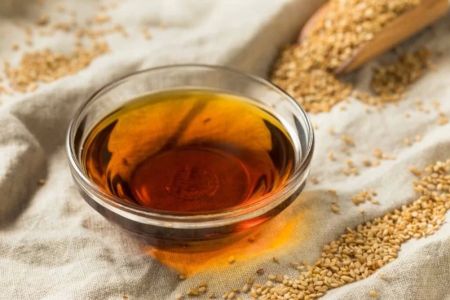Mastering Chinese-Style Ribs: The Secrets to Perfect Flavor and Tenderness
As a fan of Chinese cuisine, I've always been fascinated by the way restaurants prepare their ribs—tender, juicy, and coated in a delicious, glossy sauce that’s perfectly balanced between sweet, savory, and slightly tangy. Over time, I’ve learned how to replicate that same restaurant-style rib in my own kitchen. The secret? A combination of marinades, cooking techniques, and a dash of patience. If you’ve ever wondered how to cook ribs like a Chinese restaurant, you’ve come to the right place! In this article, I’ll share the exact steps and tips I’ve learned for cooking ribs that are as delicious as those served in your favorite Chinese spot.
1. Choosing the Right Ribs for Chinese-Style Cooking
The first step to cooking great ribs is choosing the right cut. In Chinese restaurants, the type of rib used can make all the difference. Typically, restaurants use spare ribs or baby back ribs. Each has its unique characteristics. Spare ribs have more fat and tend to be larger and meatier, while baby back ribs are leaner and more tender. Both can work well for a Chinese-style rib dish, but I personally recommend using baby back ribs for their tenderness and ease of cooking.
When buying ribs, always look for those with a nice layer of fat, as the fat will help keep the ribs juicy and tender during cooking. You can usually find ribs at your local butcher or supermarket, but make sure to select those that are fresh and have a good amount of marbling.
2. Preparing the Ribs: Cleaning and Trimming
Before marinating the ribs, it's important to clean and trim them properly. Rinse the ribs under cold water to remove any excess blood and pat them dry with paper towels. If you notice any silver skin (a thin membrane on the back of the ribs), you’ll want to remove it. This membrane can be tough and prevents the marinade from penetrating the meat, so be sure to carefully peel it off using a knife or your fingers.
Once the ribs are clean and trimmed, you’re ready to move on to the marinade. This is where the magic happens, as the marinade will infuse the ribs with all the classic Chinese flavors that make them so irresistible.
3. Making the Perfect Chinese-Style Marinade
The marinade is essential to getting that rich, savory flavor you find in Chinese restaurant ribs. The key is to balance the sweetness, saltiness, and umami flavors. Over the years, I’ve experimented with various ingredients, and here’s my go-to marinade recipe that gives the ribs a restaurant-quality flavor:
- 2 tablespoons soy sauce
- 1 tablespoon oyster sauce
- 1 tablespoon hoisin sauce
- 1 tablespoon Chinese rice wine (Shaoxing wine)
- 1 tablespoon honey or sugar
- 2 cloves garlic, minced
- 1 teaspoon five-spice powder
- 1/2 teaspoon white pepper
- 1 tablespoon sesame oil
Combine all the ingredients in a bowl and whisk until the sugar is dissolved and the sauce is smooth. The marinade should have a perfect balance of salty, sweet, and umami flavors, with a hint of spice from the five-spice powder. Once the marinade is ready, pour it over the ribs and massage it into the meat, making sure every inch is coated. Cover the ribs and let them marinate in the fridge for at least two hours, but overnight is even better. The longer they marinate, the more flavorful they will become.
4. Cooking the Ribs: The Secret to Tenderness
When it comes to cooking the ribs, there are a few methods to choose from. However, the most popular and effective method used by Chinese restaurants involves braising and finishing the ribs in a hot oven or under a broiler. This technique ensures that the ribs stay tender and juicy while developing a flavorful caramelized crust. Here’s how to do it:
4.1 Braising the Ribs
Preheat your oven to 300°F (150°C). While the oven is heating, take a large pot or Dutch oven and heat a little oil over medium heat. Brown the ribs on all sides for about 5 minutes. Once the ribs are browned, add a small amount of water (about 1 cup) to the pot along with the remaining marinade. Cover the pot and transfer it to the oven, where you’ll let the ribs braise for about 1.5 to 2 hours. This slow-cooking process breaks down the connective tissues in the ribs, making them incredibly tender and juicy.
One trick I’ve learned is to occasionally check the ribs while they’re braising, adding a little more water if necessary to prevent them from drying out. The ribs should be fall-off-the-bone tender when they’re done.
4.2 Glazing the Ribs
Once the ribs are tender and cooked through, it’s time to glaze them. This is where the ribs get that signature glossy, sticky coating that makes them so irresistible. Remove the ribs from the braising liquid and place them on a baking sheet. Brush them with a thin layer of the leftover marinade or a bit of hoisin sauce and honey for extra sweetness. Place the ribs under the broiler for 5-7 minutes or until the glaze caramelizes and becomes shiny.
Keep a close eye on the ribs while they’re under the broiler to prevent burning. The goal is to get that perfect caramelized finish while keeping the meat tender and juicy. I love the moment when the glaze begins to bubble and darken—it’s a sure sign that the ribs are ready!
5. Serving the Ribs: The Finishing Touches
Once the ribs are out of the oven, let them rest for a few minutes before cutting them into individual ribs. This helps the juices redistribute and ensures each rib is tender and juicy. Serve the ribs with some steamed rice or stir-fried vegetables, and garnish with sesame seeds or chopped green onions for a little extra flavor and color.
For me, the key to cooking ribs like a Chinese restaurant is all about balancing the marinade, slow-braising the meat to tenderness, and finishing with that perfect glossy glaze. The result is tender, juicy ribs with a rich, savory flavor that’s reminiscent of the best Chinese restaurants.
6. Tips for the Best Chinese-Style Ribs
- Use fresh ingredients: Fresh garlic, ginger, and high-quality soy sauce can make a huge difference in the flavor of your marinade.
- Don’t rush the braising: Braising is a slow process, but it’s essential for tender ribs. Be patient and let the ribs cook low and slow for the best results.
- Glaze for that perfect finish: Don’t skip the broiling step! The caramelized glaze is what gives the ribs their signature texture and shine.
- Experiment with flavors: If you like a bit of spice, try adding chili paste or Sichuan peppercorns to your marinade for an extra kick.
Cooking Chinese-style ribs at home is a fun and rewarding experience that allows you to enjoy a restaurant-quality dish in the comfort of your own kitchen. With the right ingredients, patience, and techniques, you can create ribs that rival those served at your favorite Chinese restaurants. Happy cooking!


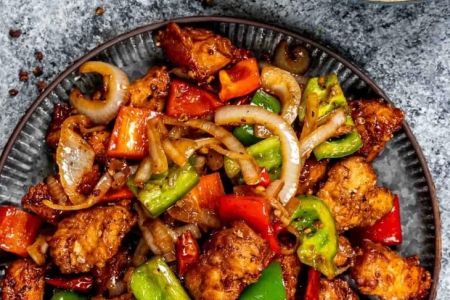
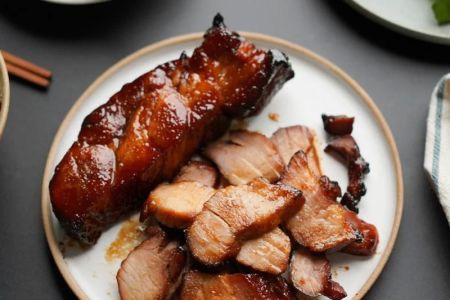
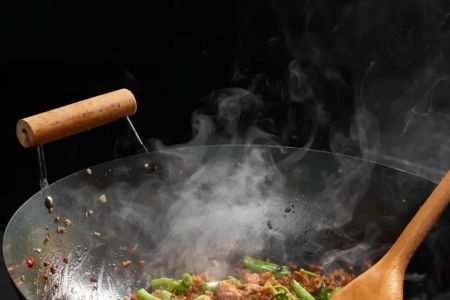
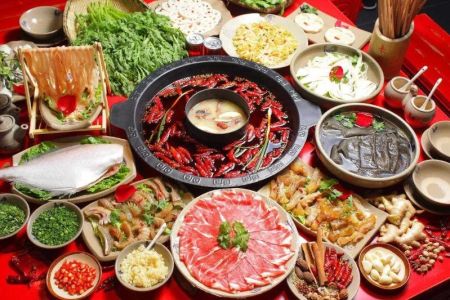
![Top Chinese Restaurants for Authentic Cantonese Cuisine in [Your City]](https://img.gochinarose.com/d33/2507/4157910400_450x300.webp)
